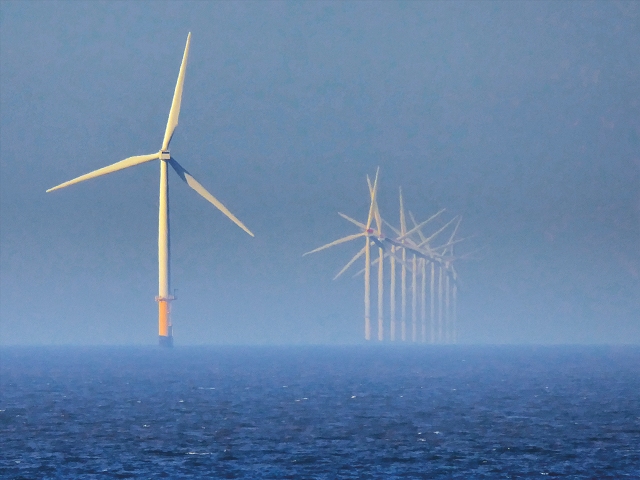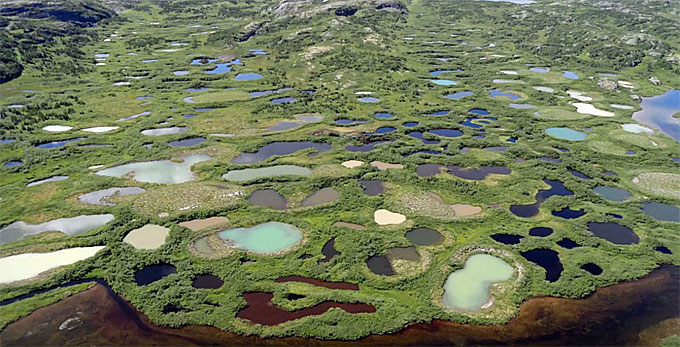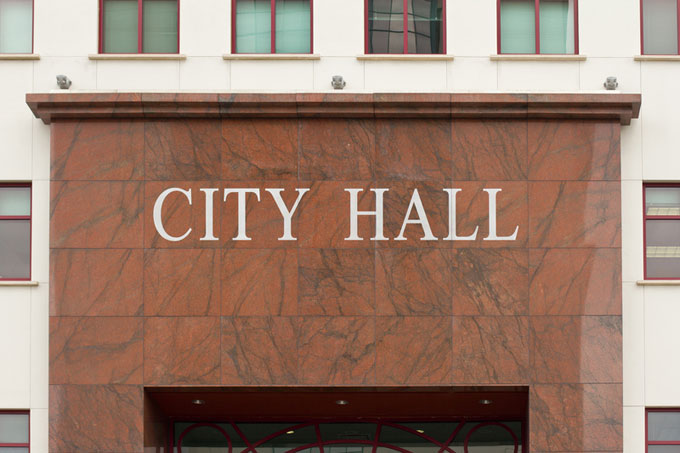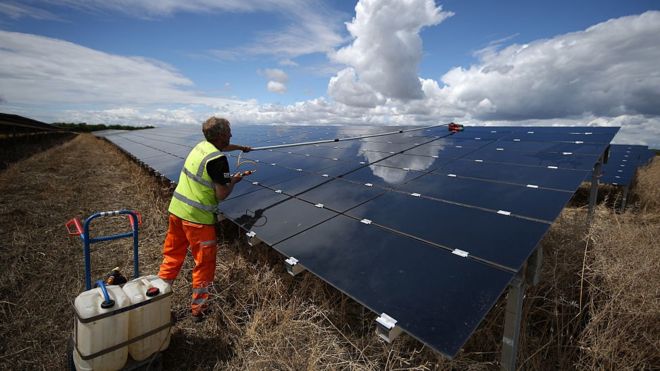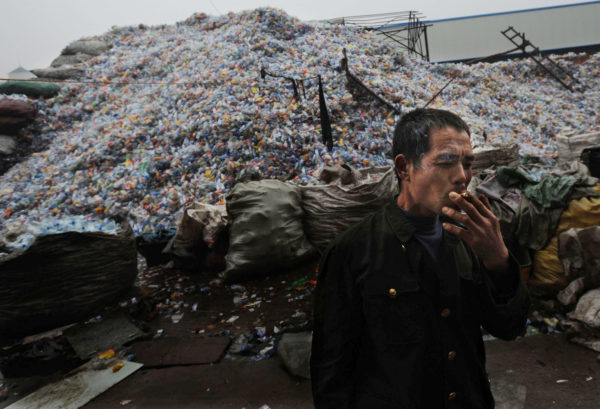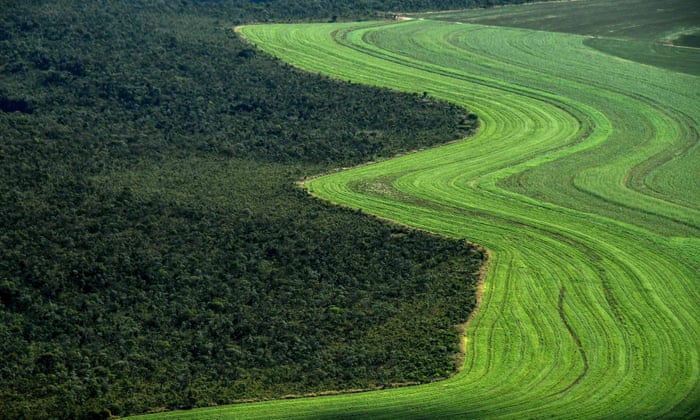The melting Arctic is on dramatic display.
At mid-June, Arctic sea ice is now at a record low for this time of year, and melted ice is especially notable both in and around Greenland — home to the second largest ice sheet on the planet. Steffen Olsen, a climate researcher at the Danish Meteorological Institute, snapped a photo on Thursday of Greenland sea ice that had melted into a large lake of aqua water, pooled atop the icy surface.

A big melting event in Greenland. IMAGE: STEFFEN M. OLSEN
Olsen, along with local hunters, had to sled across the flooded ice to retrieve vulnerable weather and ocean monitoring equipment. Their sled dogs splashed through the icy water.
Continue reading at: This remarkable Greenland photo highlights extreme Arctic melting
At mid-June, Arctic sea ice is now at a record low for this time of year, and melted ice is especially notable both in and around Greenland — home to the second largest ice sheet on the planet. Steffen Olsen, a climate researcher at the Danish Meteorological Institute, snapped a photo on Thursday of Greenland sea ice that had melted into a large lake of aqua water, pooled atop the icy surface.

A big melting event in Greenland. IMAGE: STEFFEN M. OLSEN
Olsen, along with local hunters, had to sled across the flooded ice to retrieve vulnerable weather and ocean monitoring equipment. Their sled dogs splashed through the icy water.
Continue reading at: This remarkable Greenland photo highlights extreme Arctic melting

